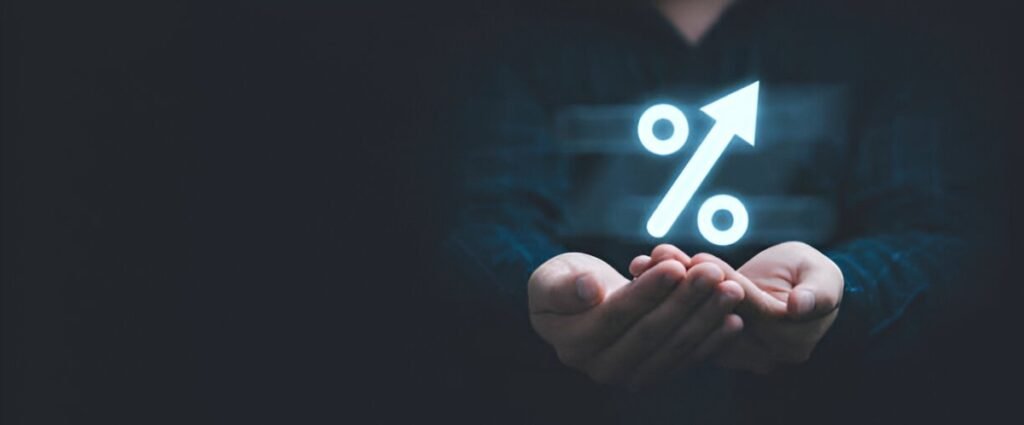When I first began studying the world of investments, I was intrigued by the concept of insider purchases—specifically how they play into a company’s stock performance and what they really mean for investors. Insider purchases occur when executives, directors, or other key people within a company buy shares of their own company’s stock. But here’s the thing: there are two distinct types of insider purchases: open market purchases and stock option exercises. As someone with a keen interest in investing, understanding the difference between these two is vital. So, let’s break it down in a way that’s simple to grasp and meaningful for investors like you and me.
Table of Contents
What are Insider Purchases?
Insider purchases refer to the buying of company shares by individuals who have access to confidential, non-public information about the company. These insiders typically include executives, board members, and other key personnel. The key takeaway here is that the individuals making these purchases are “insiders” who have access to information that regular investors do not. Now, there are two primary ways these insiders purchase shares: through the open market or through stock options.
Open Market Purchases
When an insider buys shares of their company in the open market, it’s just like any other investor buying stock on the exchange. The company is not involved in this transaction directly. The insider purchases the shares at the prevailing market price, which fluctuates based on supply and demand. These transactions are fully transparent and are typically reported to regulatory bodies like the SEC, ensuring that the public is aware of these trades.
Example of Open Market Purchase
Imagine the stock of XYZ Corporation is trading at $50 per share. The CEO, John Doe, decides to purchase 1,000 shares of XYZ stock at the current market price. This purchase would be considered an open market purchase. If John buys these shares, the transaction is public and has to be reported, so investors can see the purchase and potentially interpret it as a sign of confidence in the company’s future performance.
| Insider Name | Transaction Type | Shares Purchased | Purchase Price | Total Investment |
|---|---|---|---|---|
| John Doe | Open Market Purchase | 1,000 | $50 | $50,000 |
In this case, John Doe has spent $50,000 of his own money to buy shares of his company. As an investor, you might look at this as a signal that the CEO believes in the company’s future and is putting his own money on the line.
Stock Option Exercises
Stock options, on the other hand, are a form of compensation granted to employees, especially executives, that allows them to purchase company stock at a specific price (called the exercise price or strike price) at a later date. These stock options are usually offered as part of an employee’s compensation package, and they give the holder the right (but not the obligation) to buy shares at the agreed-upon price.
What makes stock option exercises different from open market purchases is that the insider isn’t buying the stock at the market price. Instead, they are exercising an option to buy at a predetermined price, often lower than the current market price. The difference between the market price and the option’s strike price can create significant profit potential.
Example of Stock Option Exercise
Let’s consider an example where an executive at XYZ Corporation is granted stock options to purchase 1,000 shares at a strike price of $30 per share. If the current market price of XYZ stock is $50 per share, the executive can exercise the option and purchase the stock at $30 per share. They would then have the option to sell the shares at the current market price of $50, pocketing a profit of $20 per share.
| Insider Name | Transaction Type | Shares Purchased | Strike Price | Market Price | Profit per Share | Total Profit |
|---|---|---|---|---|---|---|
| Jane Smith | Stock Option Exercise | 1,000 | $30 | $50 | $20 | $20,000 |
In this scenario, Jane Smith would pay $30,000 for the 1,000 shares, but she could sell them immediately for $50,000, making a profit of $20,000. This is a very different scenario from buying shares in the open market because the profit from stock options comes from the difference between the exercise price and the market price.
Comparing Open Market Purchases vs. Stock Option Exercises
Now that we’ve covered what open market purchases and stock option exercises are, it’s time to compare them side by side. Both transactions are types of insider purchases, but the mechanics and implications of each are different.
| Feature | Open Market Purchase | Stock Option Exercise |
|---|---|---|
| Price of Purchase | Current market price | Pre-determined strike price |
| Transaction Source | Direct purchase in the open market | Exercise of stock options granted to insiders |
| Profit Potential | Dependent on future stock price movement | Profit comes from the difference between market price and strike price |
| Transaction Transparency | Fully transparent, reported to regulatory bodies | Transparent, but only reported after the option is exercised |
| Risk | Market risk, can lose money if stock price drops | Lower risk due to lower purchase price if options are exercised below market value |
From this table, it’s clear that open market purchases and stock option exercises offer different risk profiles and potential rewards. Open market purchases are more straightforward and are based on the current market price, while stock options can offer more significant profits, especially if the strike price is much lower than the market price.
Why Does It Matter?
Understanding these two types of insider purchases is important because they give us insight into how insiders view their own company’s stock. When executives buy shares on the open market, it’s often seen as a sign that they believe in the company’s future performance and are willing to invest their personal money. On the other hand, when insiders exercise stock options, it doesn’t necessarily reflect a belief in the company’s future; it could simply be part of their compensation plan.
It’s also important to note that stock option exercises can sometimes lead to market distortions. For example, if a large number of insiders exercise stock options and sell their shares immediately, it could put downward pressure on the stock price, even though the insiders are simply cashing in on their compensation. In contrast, open market purchases by insiders can be viewed as a sign of confidence, potentially driving the stock price higher.
A Real-World Example: Microsoft
Let’s look at a real-world example to better understand these concepts. In 2018, Microsoft CEO Satya Nadella made headlines by purchasing $15 million worth of Microsoft stock in an open market transaction. This was significant because it was a direct purchase from his personal funds, showing his confidence in the company’s future. On the other hand, Nadella had also been granted stock options as part of his compensation package, and he exercised these options to purchase shares at a discount, which is common among top executives.
Conclusion
To sum it up, insider purchases can come in the form of open market purchases or stock option exercises. Open market purchases are straightforward and are a direct reflection of an insider’s confidence in the company, while stock options offer a different dynamic, with insiders potentially profiting from the difference between the exercise price and the market price. Understanding these two types of transactions gives investors valuable insight into how insiders view their own company and can provide useful information for making investment decisions.
As investors, it’s essential to keep an eye on insider purchases, but it’s equally important to differentiate between open market purchases and stock option exercises. Each can give us different insights into the company’s prospects and how insiders view their future in the company. By understanding the mechanics and implications of both types of purchases, I’m confident you’ll be better equipped to make informed investment decisions.





